Archives
- 2025-11
- 2025-10
- 2025-09
- 2025-03
- 2025-02
- 2025-01
- 2024-12
- 2024-11
- 2024-10
- 2024-09
- 2024-08
- 2024-07
- 2024-06
- 2024-05
- 2024-04
- 2024-03
- 2024-02
- 2024-01
- 2023-12
- 2023-11
- 2023-10
- 2023-09
- 2023-08
- 2023-07
- 2023-06
- 2023-05
- 2023-04
- 2023-03
- 2023-02
- 2023-01
- 2022-12
- 2022-11
- 2022-10
- 2022-09
- 2022-08
- 2022-07
- 2022-06
- 2022-05
- 2022-04
- 2022-03
- 2022-02
- 2022-01
- 2021-12
- 2021-11
- 2021-10
- 2021-09
- 2021-08
- 2021-07
- 2021-06
- 2021-05
- 2021-04
- 2021-03
- 2021-02
- 2021-01
- 2020-12
- 2020-11
- 2020-10
- 2020-09
- 2020-08
- 2020-07
- 2020-06
- 2020-05
- 2020-04
- 2020-03
- 2020-02
- 2020-01
- 2019-12
- 2019-11
- 2019-10
- 2019-09
- 2019-08
- 2019-07
- 2019-06
- 2019-05
- 2019-04
- 2018-07
-
br Conclusions br Introduction The terms
2021-05-19
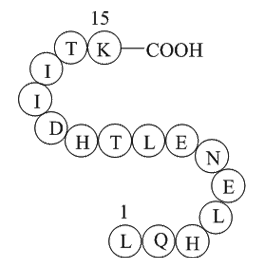
Conclusions Introduction The terms endocrine active and endocrine disruptive have been used to describe an ever-expanding list of naturally-occurring and synthetic compounds that interact with mammalian hormonal systems, and in particular, the reproductive system. These compounds have been ass
-
Alisol B 23-acetate EBI and its ligand s EBI
2021-05-19
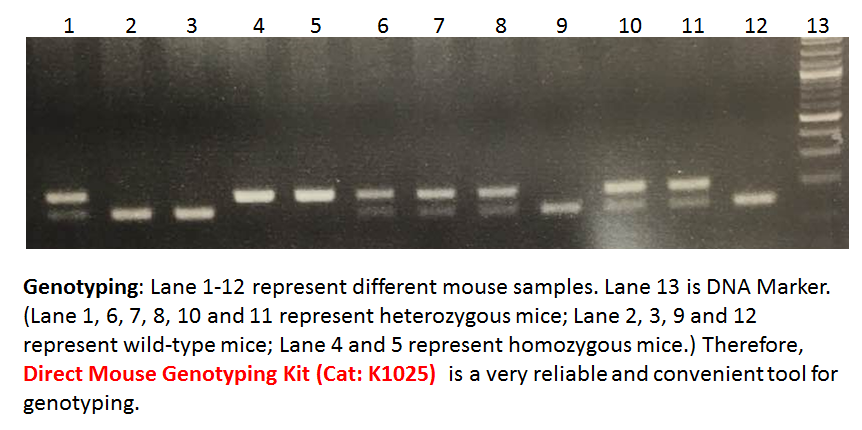
EBI2 and its ligand(s) EBI2 was found in a screen of upregulated genes in human B cells upon infection with EBV [1]. EBI2 is a G-protein (Gαi type) coupled receptor [2] but as long as 18 years after its discovery the nature of its ligand remained undisclosed. With the help of transfected cell lines
-
br Acknowledgements E B was supported by
2021-05-19
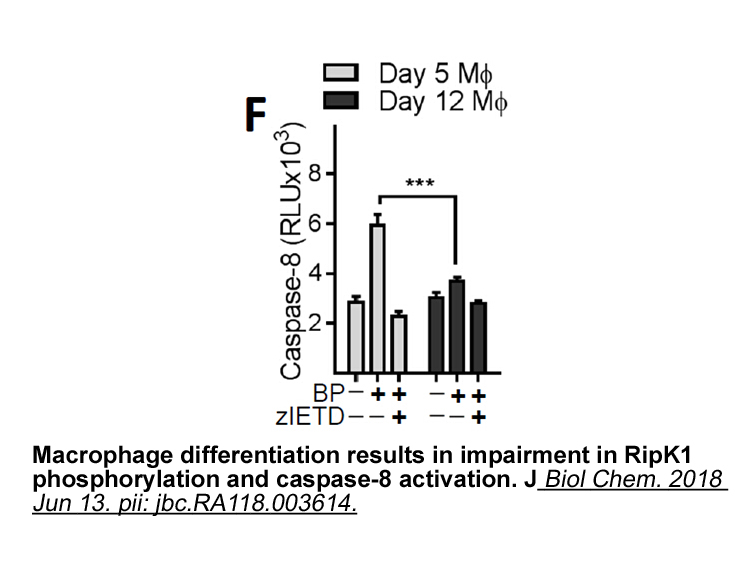
Acknowledgements E.B. was supported by grant 16-34-60213 mol_a_dk from the Russian Foundation for Basic Research (RFBR). R.S. and A.V. were supported by grant of the President of Russian FederationMK-4253.2018.4. The work was performed according to the Russian Government Program of Competitive Gr
-
br Introduction The ubiquitination status of a
2021-05-19

Introduction The ubiquitination status of a target protein is achieved via a delicate balance between two opposing forces: ubiquitin E3 ligases and DUBs. It has been postulated that the majority of proteins in a cell are regulated and modified by ubiquitin at some point (Hershko and Ciechanover,
-
C PHNO has been described as a full
2021-05-19
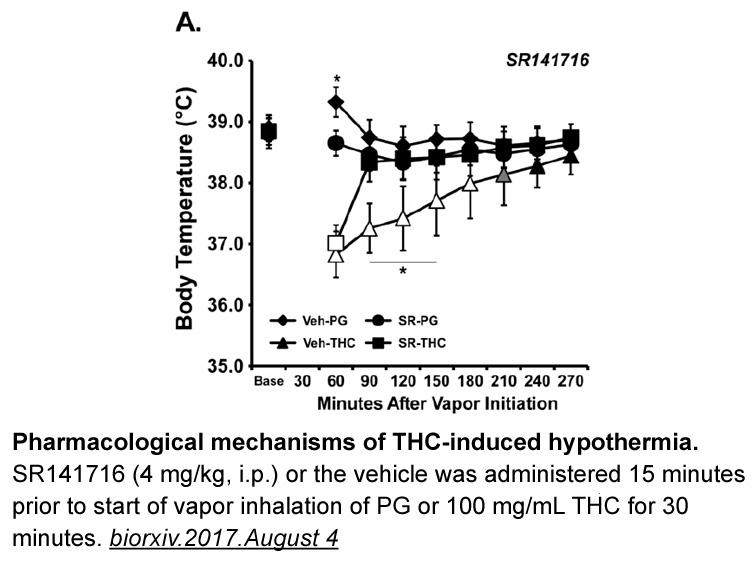
[11C]-(+)-PHNO has been described as a full agonist at both D2 and D3 receptors [54,55]. [11C]-(+)-PHNO was initially developed as a PET radiotracer for imaging the high affinity state of the D2 receptor (i.e., highD2) as a means of measuring synaptic dopamine changes in response to pharmacologic ch
-
After incorporation of random nucleotides by TdT during
2021-05-18
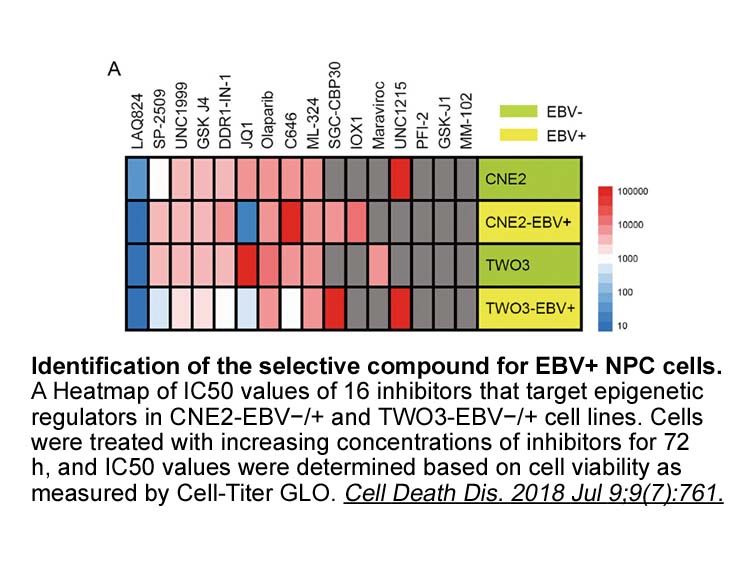
After incorporation of random Loxapine receptor by TdT during heavy-chain rearrangements, both TdT and pol λ may perform in trans polymerase activity (in unknown proportions), whereas synthesis of the complementary strand can only be achieved by pol λ using its gap-filling activity, which TdT lacks
-
The following are the supplementary data related to
2021-05-18
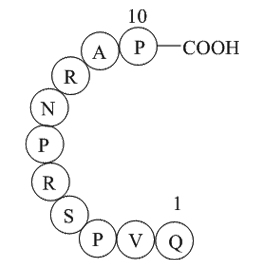
The following are the supplementary data related to this article. Acknowledgments Introduction Drug-resistant epilepsy (DRE) occurs in approximate 30% of patients who suffer from epilepsy [1]. Temporal lobe epilepsy (TLE) is one of the most common partial seizures and the common cause of DRE
-
br CDK Inhibitors for the Treatment of
2021-05-18
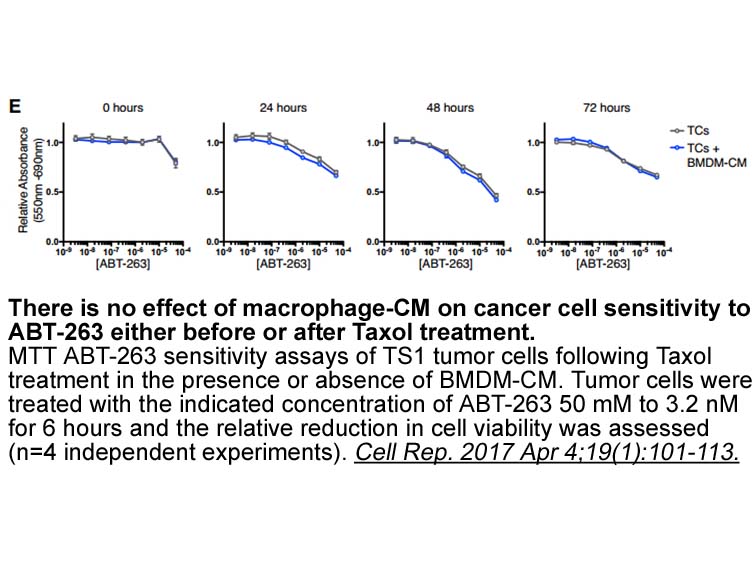
CDK Inhibitors for the Treatment of inflammatory Diseases Several CDKs have been implicated as regulators of inflammatory gene expression. It will thus be very important to determine the relative contributions of the various CDKs and their kinase function on a systematic basis. This work will be
-
The intricate roles and neural
2021-05-18
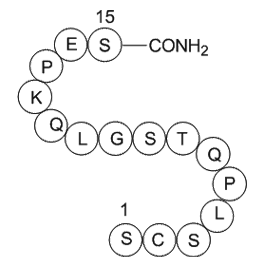
The intricate roles and neural systems and mechanisms involved in the CRF1 and CRF2 mediation of spontaneous and stress-induced anxiety behavior remain to be defined. Of particular relevance are studies evaluating the behavioral actions of CRF1 and CRF2 receptors separately as well as together. For
-
br Acknowledgements This work was
2021-05-18

Acknowledgements This work was supported by the European Committee Fifth Framework Project QLK5-1999-01360. We are grateful to Dr. T.T. Hoang for the provision of plasmids pEX18Tc, pPS858 and pFLP2, Prof. B.L. Wanner for providing us with the plasmid pKD4 and related strains, and Prof. P. Soucail
-
This review aims to examine the
2021-05-18
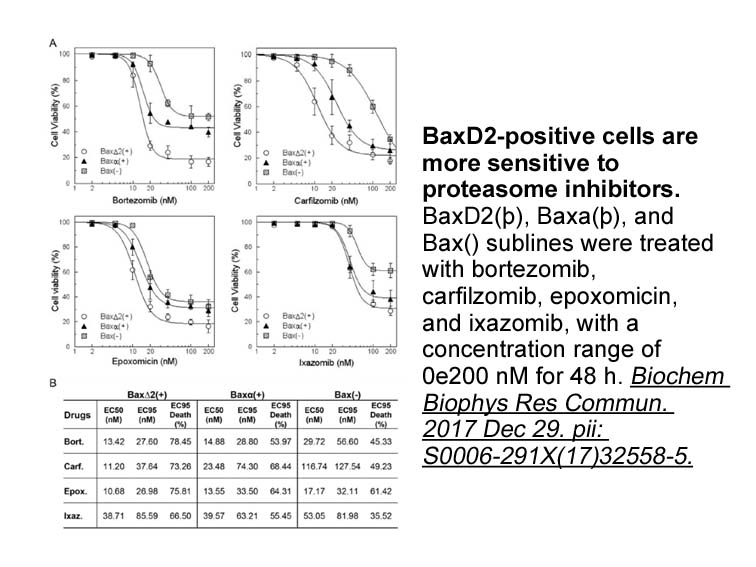
This review aims to examine the literature on chloride MLN2238 sale in the context of transplacental transport. After a short overview of the general cellular functions of Cl− channels in epithelia and the molecular classifications of these channels, it will focus on the evidence for the presence of
-
Several reasons may explain that other studies using
2021-05-18
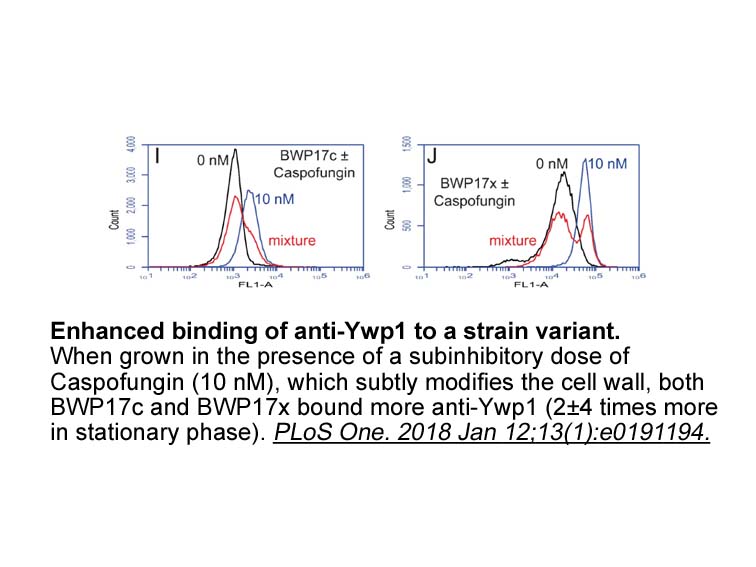
Several reasons may explain that other studies using PDE-5-Is yielded negative or contradictory results [30], [31], [32]. Lee [30] applied 50mg sildenafil to seven patients with liver cirrhosis. NO and cGMP in the hepatic gonadotropin releasing hormone receptor significantly increased, hepatic and
-
br The estrogen receptors History and discovery In Elwood
2021-05-18
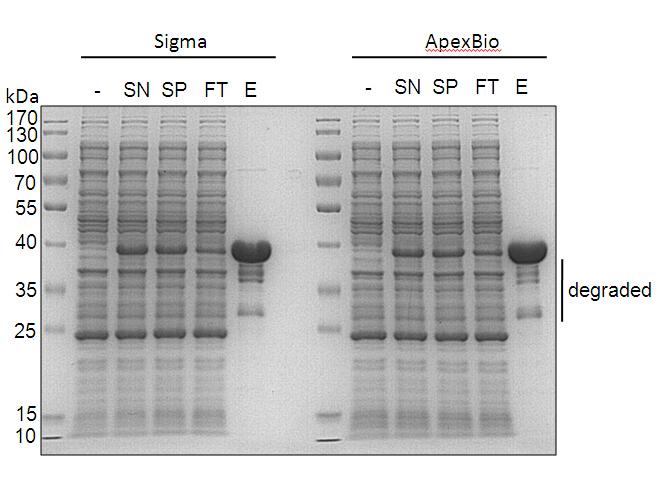
The estrogen receptors: History and discovery In 1958, Elwood Jensen discovered the estrogen receptor, the first receptor ever encountered for any hormone, by showing that reproductive female tissues were able to uptake estrogen from the circulation by binding to proteins. He later demonstrated t
-
br Experimental Procedures br Author Contributions
2021-05-18
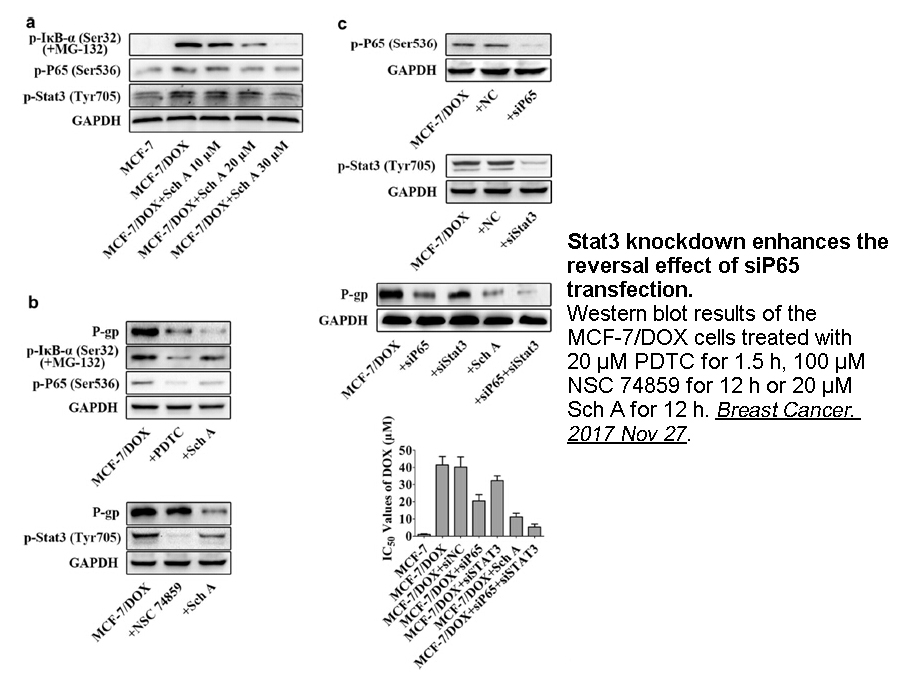
Experimental Procedures Author Contributions H.G. and X.-Y.F. conceived and designed the project. H.G., D.V.D., and X.L. performed most of the experiments and analyzed the data. L.X. helped on Mettl8 KO ESC, RIP, and translational study. Y.S. performed FACS analysis. Y.W. helped with cardiomyo
-
Williamson et al interrogated the fusion gene status of appr
2021-05-18
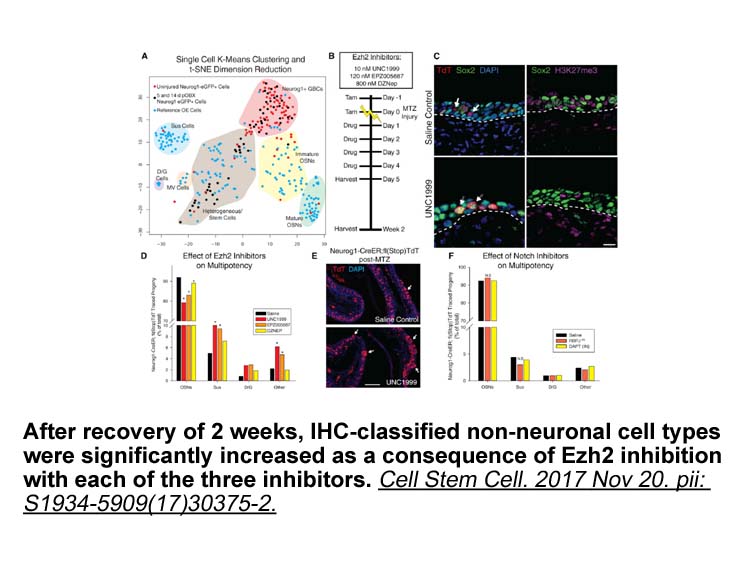
Williamson et al. [30] interrogated the fusion gene status of 210 appropriately reviewed and annotated RMS specimens divided into three groups: ERMS (n=77); fusion gene-positive ARMS (n=94); and fusion gene-negative ARMS (n=39), the latter comprising a group of tumor samples that appeared histologic
15630 records 641/1042 page Previous Next First page 上5页 641642643644645 下5页 Last page